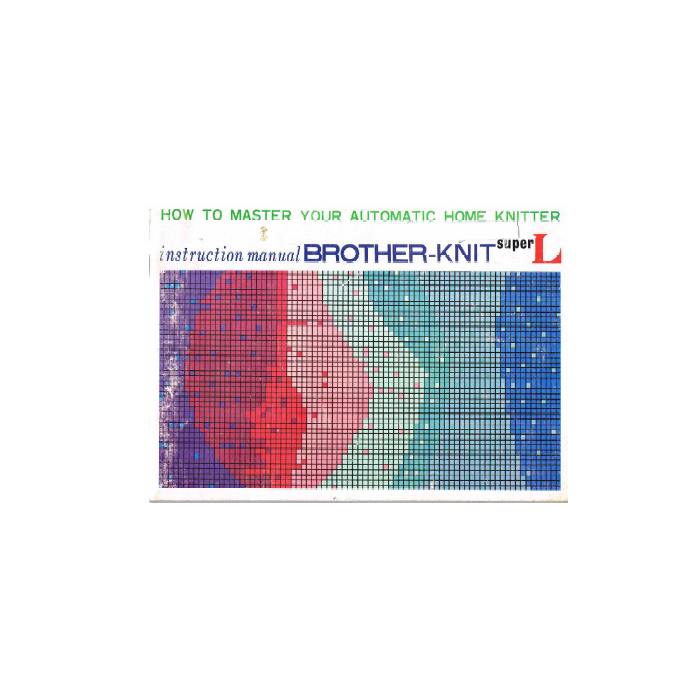

I had plenty of time to take for granted, so I did.įour years later, a lot has changed. I could not bring myself to associate a dollar value with it because it was a labor of love, which met an unanswered need within Photoshop. The fourth version of GuideGuide will have a fee, but allow me explain why I’ve gone back on my word. I wouldn’t charge someone to use GuideGuide any more than I would to use their own hands. The original site said, “GuideGuide will always be free.” This came from my belief that it was an extension of every person that used it. I’ve always seen it as something of immeasurable value because it was simply a solution to a problem. GuideGuide was never a product or strategy to me. The people that use GuideGuide are awesome.

Compare that to the number that I’ve dealt with related to GitHub, a number that low feels insane to me. Even with that broad of an audience, I can count the number of true trolls I’ve dealt with for GuideGuide on one hand, and even they usually open with some sort of “GuideGuide is great but…” line. Anecdotally, I’m guessing it’s in the millions of installs. However, someone from Adobe reached out to tell me that (at least during 2014) it was the most installed Photoshop plugin, outside of the two that come bundled with Photoshop by default. As such, I don’t have very good historical data for how far GuideGuide has spread. What I learned was that creating a metrics library is not the kind of thing you do as a side project to a side project. One of these learning experiences was experimenting with metrics. Most importantly, I’ve used it as a place to experiment with best (and worst) practices. I’ve used it as a place to test concepts I’ve learned from working with GitHub’s engineers, like automated testing, build tools, continuous integration, and automatic updates. I’ve learned to use Node.js to run servers, Backbone to build apps, and Grunt to automate my workflow. I’ve learned precompiled languages like CoffeeScript and Sass. Over the course of its development I’ve bootstrapped my skills with Actionscript, XML, Flex, HTML, CSS and Javascript.
#GUIDEGUIDE FREE FREE#
As a free plugin, and one that filled a major gap in Photoshop’s feature set, it spread like wildfire. Somewhere in that hour someone stumbled across GuideGuide, posted it somewhere-I still do not know where-and GuideGuide suddenly blew up on Twitter. Over the course of an hour I surged to 1,500 Twitter followers. At the time, the company was small enough that any new person became a minor Twitter celebrity when they were hired. Ten days later I started a job at GitHub. I don’t remember how well it was received, but Twitter now tells me I got two retweets. On January 7th, 2011, I launched GuideGuide. I figured they’d like to try out my handy new tool. If it could blow my mind, I wondered if it would blow other minds.īack then I had about 300 Twitter followers, mostly art school friends.
#GUIDEGUIDE FREE CODE#
Not only had I written some of the most daring code I’d written up to that point, I’d created something that blew my own mind. My palms got a little sweaty and I couldn’t stop smiling. After a couple afternoons of tinkering with it, I ran it for the first time.
#GUIDEGUIDE FREE HOW TO#
I learned how to write a Photoshop script that would add guides at the right places.

I figured, I do the same math every time. In late 2010 I needed to solve a problem: I was sick of recalculating and resizing navigation elements in designs every time a client added or subtracted an element. The grids can be saved for later use or can be easily shared with others.GuideGuide now has it’s own dedicated blog! This post can also be found here. Some examples of the grids that can be created via this tool are baselines, Fibonacci, Golden Ratio and Bootstrap. The plugin can come in handy for anyone regularly working with XD, Illustrator or Photoshop, as it enables them to create custom grids that are regularly not handled by similar tools. Once they are done creating the backgrounds, the helpers can be easily cleared. Once the plugin detects the properties of the object, it provides suggestions on the edges and midpoints that users can easily mark according to their preferences. According to the developer, these helpers are customizable and provide guides based on the current specifications and properties of artboard, canvas or single selections. The idea behind the plugin is to guide the user in creating a clean layout based on midpoints, columns or rows. The installation is typical for any plugin setup. Since this is a plugin, it goes without saying that users need the standalone applications installed on the PC. GuideGuide is a graphic plugin designed to add a panel with columns, rows and midpoints in various advanced graphic editors, including Photoshop, Adobe XD, Adobe Illustrator and Sketch.


 0 kommentar(er)
0 kommentar(er)
